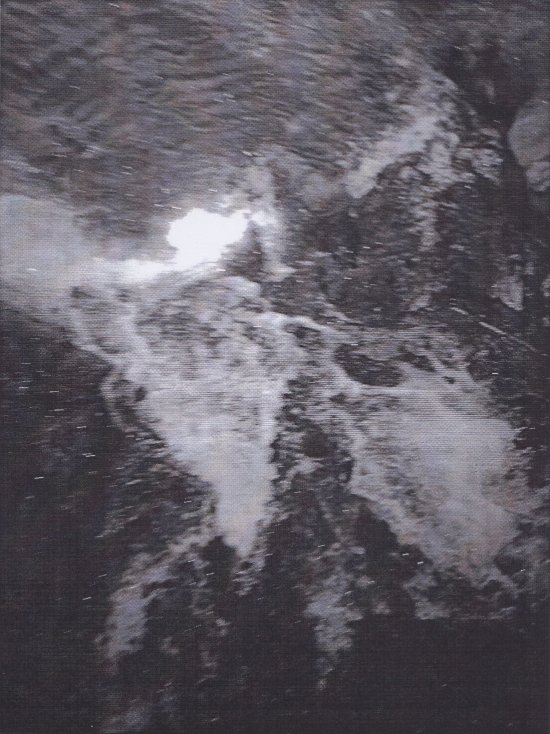- Exhibition program
- how from here
- Artist
- Josu Bilbao
- Dates
- —
- Place
- Espai 13
- Curated by
- Carolina Jiménez
Josu Bilbao's exhibition project negarràk-negarrà explores the possibility of opening Espai 13 to the outdoors by means of an intervention delimited in size, space and time about some air vents originally designed by the building's architect, Josep Lluís Sert.
This work was developed in conversation with the GOIG architecture studio (Pol Esteve Castelló and Miquel Mariné Núñez) and establishes a superimposition between the architectural space and the artistic object. In adopting a permanent attitude of questioning the possibilities of making art and the conditions of its presentation and legitimisation, the artist creates an environment that reflects on the limits of the artistic project and resistance to normative systems of organisation. Bilbao's practice connects with oral forms of endangered languages, which she uses to signal the place materially
negarràk-negarrà is an exhibition by Josu Bilbao mounted in conversation with GOIG (Pol Esteve Castelló and Miquel Mariné Núñez). Sound: Estanis Comella



